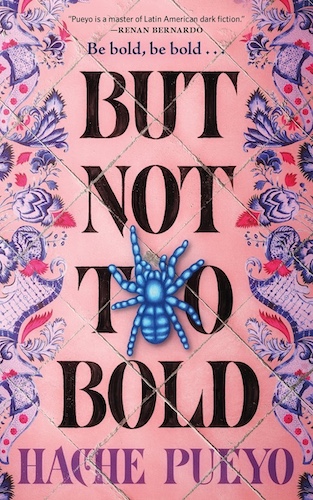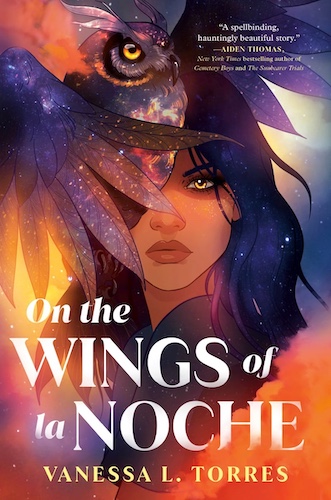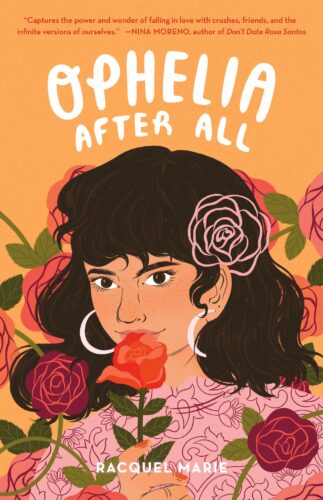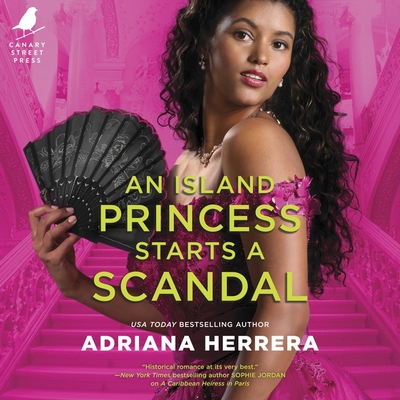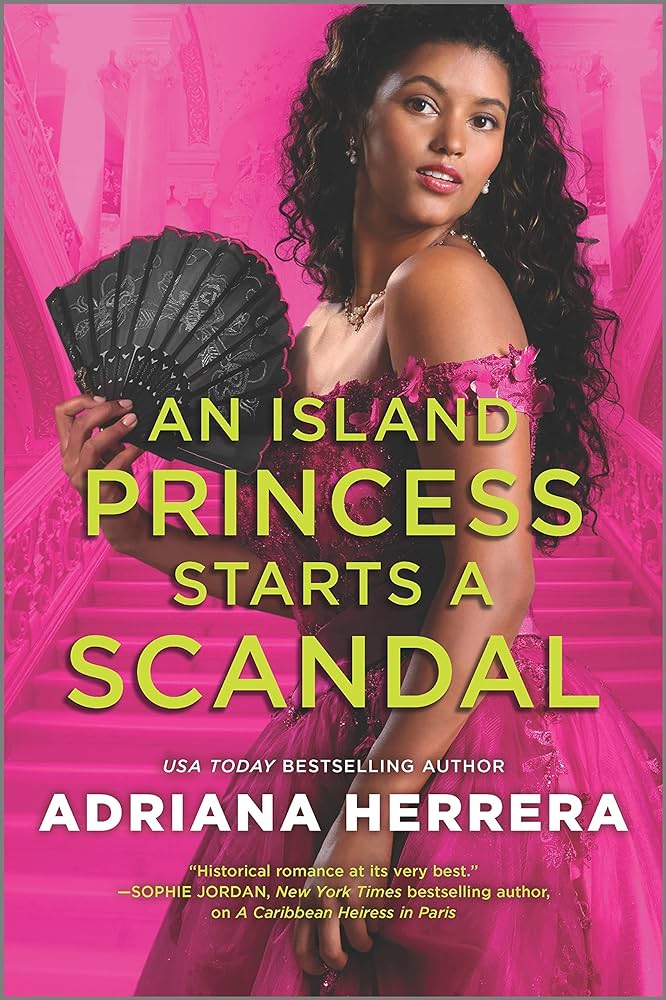I picked up But Not Too Bold by Hache Pueyo because I heard it was a fun sapphic horror novella, and because I’m always eager to read more genre fiction in translation. (This was originally published in Portuguese and was translated by the author.) At barely over 100 pages, it’s a quick sprint, perfect to read inRead More
A YA Paranormal Romance with Wings: On the Wings of la Noche by Vanessa L. Torres Review
I love shapeshifter characters for the many dualities they can represent, and I also like reading about lonely, troubled girls, so my paranormal pick for this October was the young adult novel On the Wings of la Noche by Vanessa L. Torres. Estrella (Noche) Villanueva straddles two worlds. At school, she’s a science whiz who keeps toRead More
A Gentle Queer Awakening: Ophelia After All by Racquel Marie
Racquel Marie’s Ophelia After All follows high school senior Ophelia Rojas, a boy-crazy rose gardener. With prom and the end of high school swiftly approaching, Ophelia is reluctant to let anything else change, least of all her understanding of who she has always thought she is, but when she finds herself crushing on her classmate Talia Sanchez,Read More
Zombies, OCD, and Finding Good Where You Can: If We Survive This by Racquel Marie Review
Racquel Marie’s If We Survive This is in some ways a familiar story. Set in an alternate present where rabies has mutated into what is ultimately a zombie-fying disease, society has collapsed into an apocalyptic wasteland. Following the disappearance of their father, Flora and her brother, Cain, decide to follow him up to the cabin they vacationedRead More
A Swoony Historical Sapphic Romance: An Island Princess Starts a Scandal by Adriana Herrera
Buy this from Bookshop.org to support local bookstores and the Lesbrary! Manuela del Carmen Caceres Galvan wants to experience a final lesbian hurrah in Paris before she has to marry a rich man for her family’s security. Cora Kempf Bristol, Duchess of Sundridge, wants to secure her place in the business world by negotiating aRead More
A Rivals to Lovers Soccer Romance: You Don’t Have a Shot by Racquel Marie
Buy this from Bookshop.org to support local bookstores and the Lesbrary! Racquel Marie’s You Don’t Have a Shot is a YA romance that centers around Valentina Castillo-Green, a high school soccer star whose life revolves around the sport. After an abrupt end to her junior year soccer season, Vale ends up at soccer camp, co-captaining a teamRead More
A Standing Ovation for Clap When You Land by Elizabeth Acevedo
Buy this from Bookshop.org to support local bookstores and the Lesbrary! “There is another girl / on this planet / who is my kin. / My father / lied to me / every day of my life. / [ . . . ] I want to put my fingers / against my sister’s cheek. /Read More
A Feminist, Latin American Vampire Gothic: Thirst by Marina Yuszczuk, translated by Heather Cleary
Buy this from Bookshop.org to support local bookstores and the Lesbrary! Recently translated into English, Marina Yuszczuk’s queer vampire novel, Thirst (Dutton, March 5, 2024), is partly what I’d hoped for in a vampire fiction, and at the same time, it was nothing like what I’d expected. Although it’s a Gothic, vampire novel on the surface, ThirstRead More
A Steamy Lesbian Historical Romance in France: An Island Princess Starts a Scandal by Adriana Herrera
Buy this from Bookshop.org to support local bookstores and the Lesbrary! “A person could live a lifetime in six weeks, Your Grace. Entire lives have been changed in less.” Picture this: it’s summer, your sunscreen is applied, and you’ve taken the day off to spend solo on the beach. You’ve already taken a dip inRead More
Queer F/F Rom-Com for National Hispanic Heritage Month: The Lesbiana’s Guide to Catholic School
Bookshop.org Affiliate Link The Lesbiana’s Guide to Catholic School had been on my reading list for way too long and I am so glad I finally opened it up to celebrate National Hispanic Heritage Month (September 15-October 15)! The sweet characters, nuanced coming-of-age and coming out story, and will-they-or-won’t-they first F/F romance had me hookedRead More
